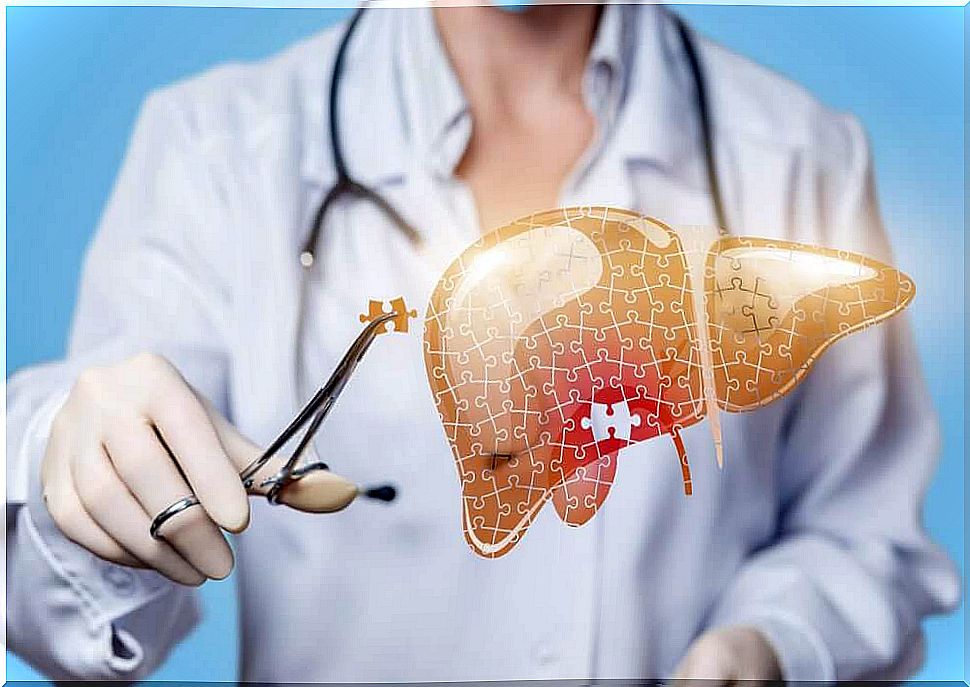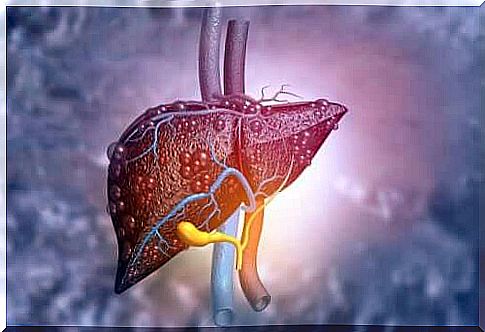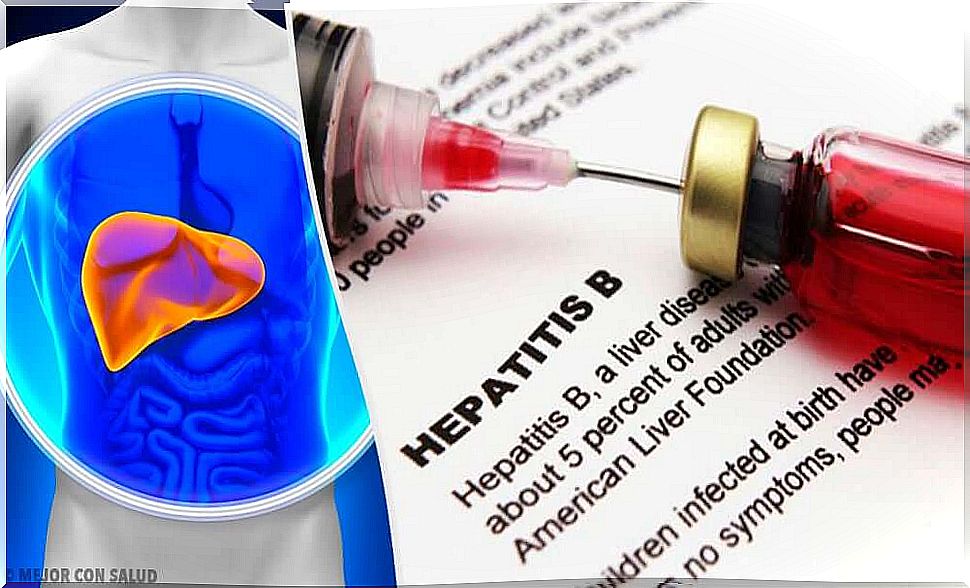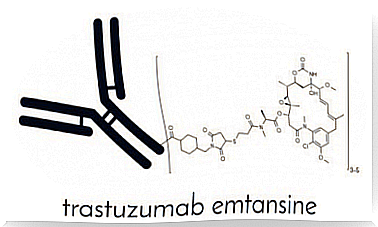Liver Diseases
There are many diseases of the liver, some better known than others. In any case, any condition of this organ should be taken very seriously, as the liver performs essential functions for life.

All liver diseases require special attention because they affect a vital organ. Understand that the liver participates in the digestion of food, stores energy and releases toxins. Many of these diseases can even lead to death.
Liver disease is caused by several factors. They are sometimes caused by viruses, sometimes by ingestion of a toxic substance and rarely by hereditary reasons.
Symptoms of liver disease vary a lot depending on the condition. However, in certain circumstances, they do not cause any symptoms and are only detectable by laboratory tests.
Let’s take a look at the main diseases of the liver.
Non-alcoholic fatty liver disease and NASH

Non-alcoholic fatty liver disease is characterized by an accumulation of lipids in the liver. If there is also inflammation and damage to liver cells, it is called “non-alcoholic steatohepatitis” or NASH.
People who are obese, those with type 2 diabetes and those with metabolic syndrome are more likely to develop this type of disease. These types of liver disease usually don’t cause any symptoms.
Cirrhosis, one of the most serious liver diseases
Cirrhosis is one of the most serious liver diseases and is characterized by the replacement of healthy tissue with scar tissue. The liver is then permanently scarred and damaged, and can therefore no longer function.
There is no specific treatment for cirrhosis, but there is for the causes that cause it. The most common causes of cirrhosis can be:
- Alcoholism
- Non-alcoholic fatty liver disease
- Chronic hepatitis C
- Chronic hepatitis B
Autoimmune hepatitis
Autoimmune hepatitis is a chronic disease that occurs when the immune system attacks the liver, causing inflammation and damage to this organ. If not treated properly, it can progress to cirrhosis.
Autoimmune hepatitis is another liver disease that sometimes doesn’t cause symptoms to begin with, although it does over time. It is detected on the basis of the patient’s medical history and clinical tests.
Hepatitis A, B and C

Hepatitis A, B and C are caused by viruses. In hepatitis A, the virus causes inflammation, which in turn causes this organ to malfunction. It is spread by contact with the stools of someone who is already infected.
Hepatitis B has similar characteristics, but in this case the spread is through contact with any of the bodily fluids of an infected person. It exists in acute form and in chronic form. The latter, without treatment, can progress to liver cancer or lead to liver failure.
Hepatitis C has a similar pattern to the previous two, but is spread through contact with the blood of an infected person. The first symptoms can appear up to 10 years after infection. Like type B, it exists in both acute and chronic forms.
Hepatitis D and E
The hepatitis D virus is very rare and only affects those who have already had hepatitis B. When the hepatitis B and hepatitis D viruses come together, it is called co-infection. If a person has chronic hepatitis B and then contracts the hepatitis D virus, it is called superinfection.
Hepatitis E is an infection spread by drinking water contaminated with the feces of an infected person. It can also be caused by eating undercooked pork or wild game. It usually goes away after a few weeks without treatment. For unknown reasons, this disease causes 20% mortality in pregnant women.
Other liver diseases
Hemochromatosis is not a specific liver disease, but it affects the liver significantly. This is an excessive buildup of iron in the body. It can cause liver fibrosis and 60% of those affected develop cirrhosis. In 5% of cases, it causes the formation of malignant tumors in the organ.
On the other hand, Wilson’s disease is a rare inherited condition that prevents the body from ridding itself of copper that it does not naturally need. If copper builds up in the liver, it can lead to cirrhosis.
Hepatitis B and C, as well as cirrhosis, hemochromatosis, excessive alcohol consumption, obesity or diabetes are risk factors for liver cancer. Several treatments are currently available to combat this phenomenon. It is important that the symptoms are not underestimated and that the consultations are made at the right time to avoid complications.









